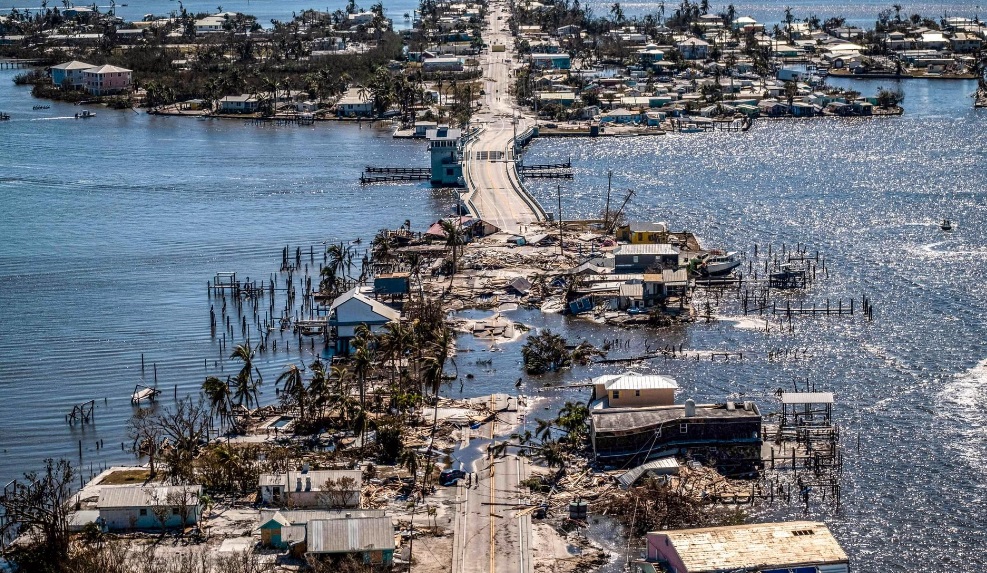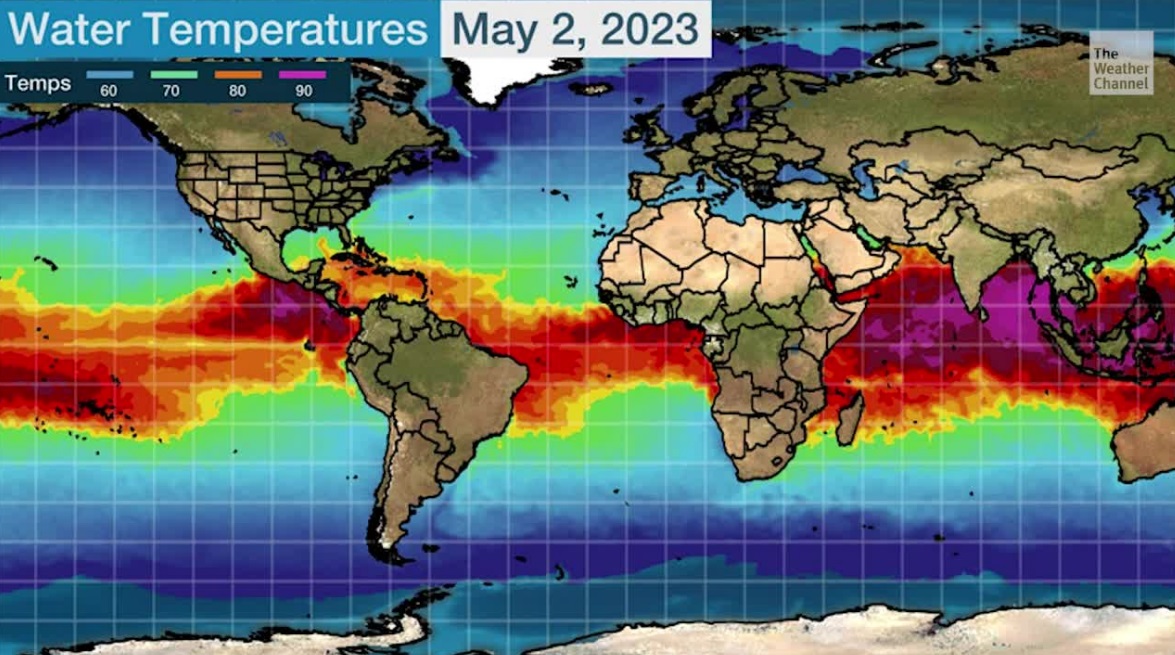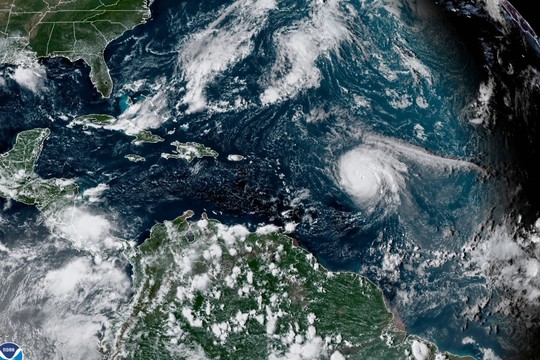The United Nations warned of a growing likelihood the weather phenomenon – ocean hurricane ‘El Nino’ (photo) will develop in coming months, fuelling higher global temperatures and possibly new heat records.
The UN’s World Meteorological Organization said it now estimated there was a 60-percent chance that ‘El Nino’ would develop by the end of July, and an 80-percent chance it would do so by the end of September.
“This will change the weather and climate patterns worldwide,” Wilfran Moufouma Okia, head of WMO’s regional climate prediction services division, told reporters in Geneva.
‘El Nino’, which is a naturally occurring climate pattern typically associated with increased heat worldwide, as well as drought in some parts of the world and heavy rains elsewhere, last occurred in 2018-19.
At this stage, there is no indication of the strength or duration of the looming El Nino. The last one was considered very weak, but the one before that, between 2014 and 2016, was considered among the strongest ever, with dire consequences.
 Fort Myers in Florida destroyed by a hurricane.
Fort Myers in Florida destroyed by a hurricane.
Photo: AFP
WMO pointed out that 2016 was “the warmest year on record because of the ‘double whammy’ of a very powerful El Nino event and human-induced warming from greenhouse gases”.
Since the ‘El Nino’ effect on global temperatures usually plays out the year after it emerges, the impact will likely be most apparent in 2024. “We are expecting in the coming two years to have a serious increase in the global temperatures,” Okia said.
The climate pattern occurs on average every two to seven years, and usually lasts nine to 12 months. It is typically associated with warming ocean surface temperatures in the central and eastern tropical Pacific Ocean.
Increased rainfall is usually seen in parts of southern South America, the southern United States, the Horn of Africa and central Asia, while severe droughts can occur over Australia, Indonesia and parts of southern Asia.
During summer in the northern hemisphere, ‘El Nino’s’ warm water can also fuel hurricanes in the central and eastern Pacific Ocean, while hindering hurricane formations in the Atlantic Basin, WMO said.

A recent, rapid heating of the world’s oceans has alarmed scientists concerned that it will add to global warming, informs BBC.
This month, the global sea surface hit a new record high temperature. It has never warmed this much, this quickly.
Scientists don’t fully understand why this has happened. But they worry that, combined with other weather events, the world’s temperature could reach a concerning new level by the end of next year.
Experts believe that a strong ‘El Niño’ weather event – a weather system that heats the ocean – will also set in over the next months.
Warmer oceans can kill off marine life, lead to more extreme weather and raise sea levels. They are also less efficient at absorbing planet-warming greenhouse gases.
Over the past 15 years, the Earth has accumulated almost as much heat as it did in the previous 45 years, with most of the extra energy going into the oceans.
This is having real world consequences – not only did the overall temperature of the oceans hit a new record in April this year, in some regions the difference from the long term was enormous.
 Temperatures are in Fahrenheit.
Temperatures are in Fahrenheit.
read more in our Telegram-channel https://t.me/The_International_Affairs

 10:10 09.05.2023 •
10:10 09.05.2023 •























